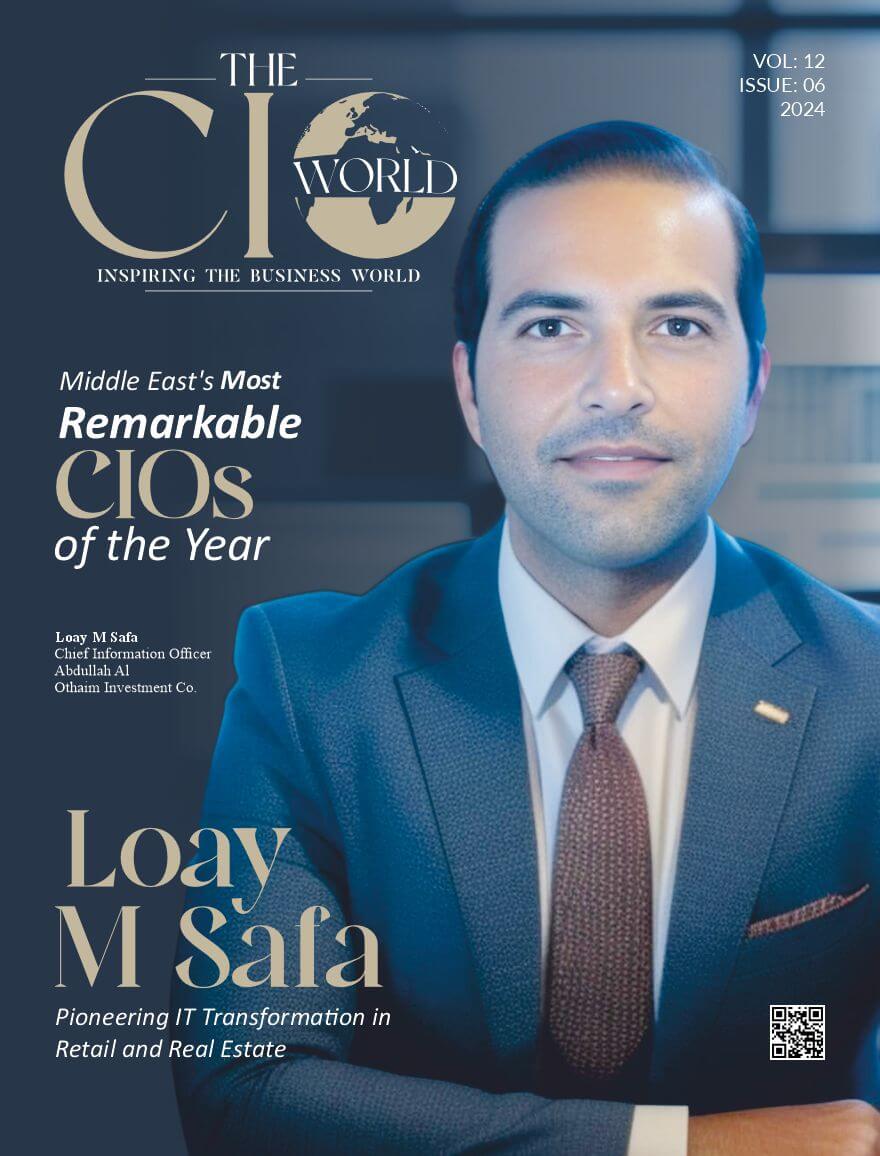UX has now emerged as a critical factor in the architecture decisions of the fintech companies. As this financial technology sector continues to advance and evolve, understanding and prioritizing UX will impact customer satisfaction and retention to achieve success in business. The next section tries to explore why UX should drive architectural choices in fintech and how it can create a competitive advantage.
The Need for User-Centric Design
In the fintech environment, which thrives on trust and security, a user-centric design is of utmost importance. Customers access sensitive information day to day ranging from bank details to transaction history. The beauty of usability in a well-designed user interface lies in instilling the confidence of the user to navigate the application. When a user can confidently navigate an application, they are more likely to use it repeatedly. Increasing satisfaction level occurs when users feel at ease with the experience during financial transactions.
Moreover, a good user experience can significantly contribute to brands’ loyalty. Users prefer mostly to use applications for which they receive their desired applications. Fintech companies putting effort into the designs of easy applications are usually favored with good returns on customer retention. Users of easily applicable applications don’t shift to any other application for the rest of their lives due to their reliance on that very application.
More Customer Engagement
The best UX design is not only aesthetically pleasing but it also creates an experience that connects with the user. A fintech company can adjust its products and services according to specific needs through understanding user behavior and pain points. For example, a personal dashboard or auto-financial advisory can empower a user in the making of appropriate financial decisions.
Quality is directly proportional to engagement. The better the structured application, the more features it encourages users to explore, hence the deeper the interactions with the platform. It usually results in higher conversion rates since users tend to use services when they are made accessible.
Building Trust Through Transparency
Trust is one of the critical aspects of successful fintech applications. It should reassure the users of the safety of their data and the platform for their financial requirements. The very clear approach to design, like transparent privacy policies, or visible security measures, can greatly help increase the confidence level of the user. Features such as multi-factor authentication or real-time alerts for transactions work as a form of trust signal that would reassure the users of their safety.
The easy accessibility of legal content and terms of service offers a sense of security to users. The more a customer understands how his data is managed and protected, the more likely he will be to fully engage with the platform.
Personalization as a Key Driver
Personalization is another vital aspect of UX in fintech. Users have diverse financial goals and preferences; therefore, offering tailored solutions can greatly enhance their experience. Fintech applications that allow users to customize their dashboards or receive personalized financial recommendations create a sense of agency over their finances.
This level of personalization not only enhances customer satisfaction but also fosters repeated use of the online service. When features are aligned with the customer’s objectives, whether budgeting tools or investment tracking, fintech companies can form long-term relationships with their customers.
Competitive Advantage Through Superior UX
Excellent UX in a crowded marketplace will be the only differentiator that fintech companies can boast about. While lots of apps look similar in their functionality, it’s the ones with good UX that users remember. Investing in good-quality UX design will attract new customers and retain the existing ones for unique value propositions.
For example, in the fintech application, AI integration is optimized to enhance user experience through predictive analytics and personalized insights. AI-powered chatbots guarantee instant support while making financial services more accessible without overcomplicating the interface.
Error Reduction and Efficiency Improvement
The most important factor for a user to trust a service is the absence of errors in transactions in the correct UX design. It makes navigation easier and interfaces intuitive, so the user can complete his or her task without confusion or mistakes. Such efficiency not only boosts user confidence but also overall satisfaction with the service.
Fintech apps can, on the contrary actually make the process much more effective by streamlining processes, which involve simplifying modes of payment as well as streamlining transaction procedures. The diminutive rate of errors leads to smooth customer journey during their interactions with financial services.
Conclusion
There is no means through which one can overstate user experience in fintech. During the growth and changes of the industry, prioritizing UX will be vital for the performance of companies in a very competitive landscape. With intuitive designs encouraging trust, engagement, and all types of personalization, fintech firms can create long-term relationships with their customers.
Investment in better UX design improves not only customer satisfaction but also leads to business success by building strong brand presence in the market. In a world where consumers increasingly are turning to digital solutions for financial needs, it’s obvious that user-centric design will be the beacon of light at the helm in shaping the future of finance.







